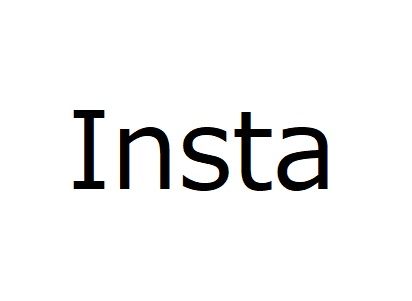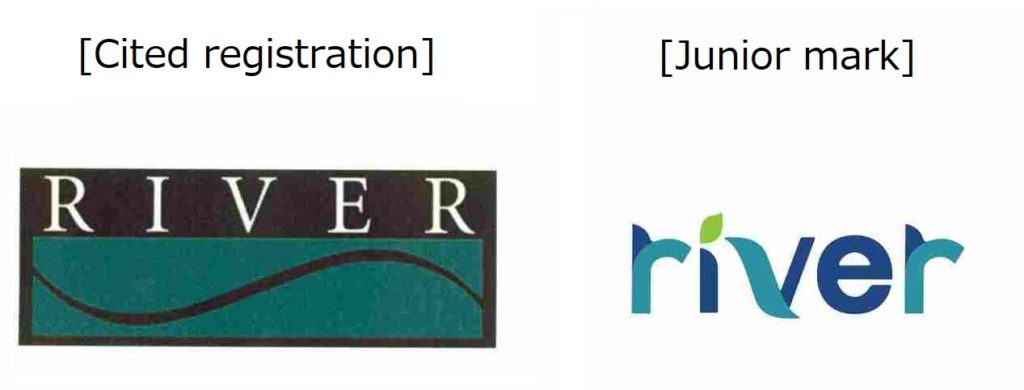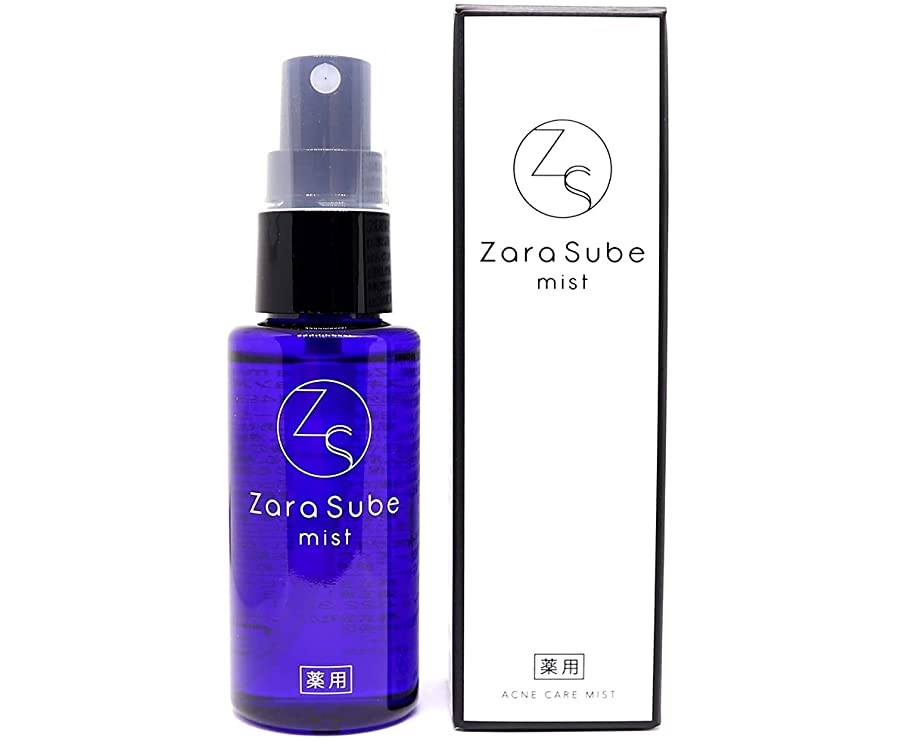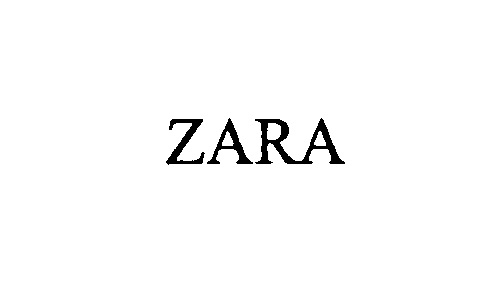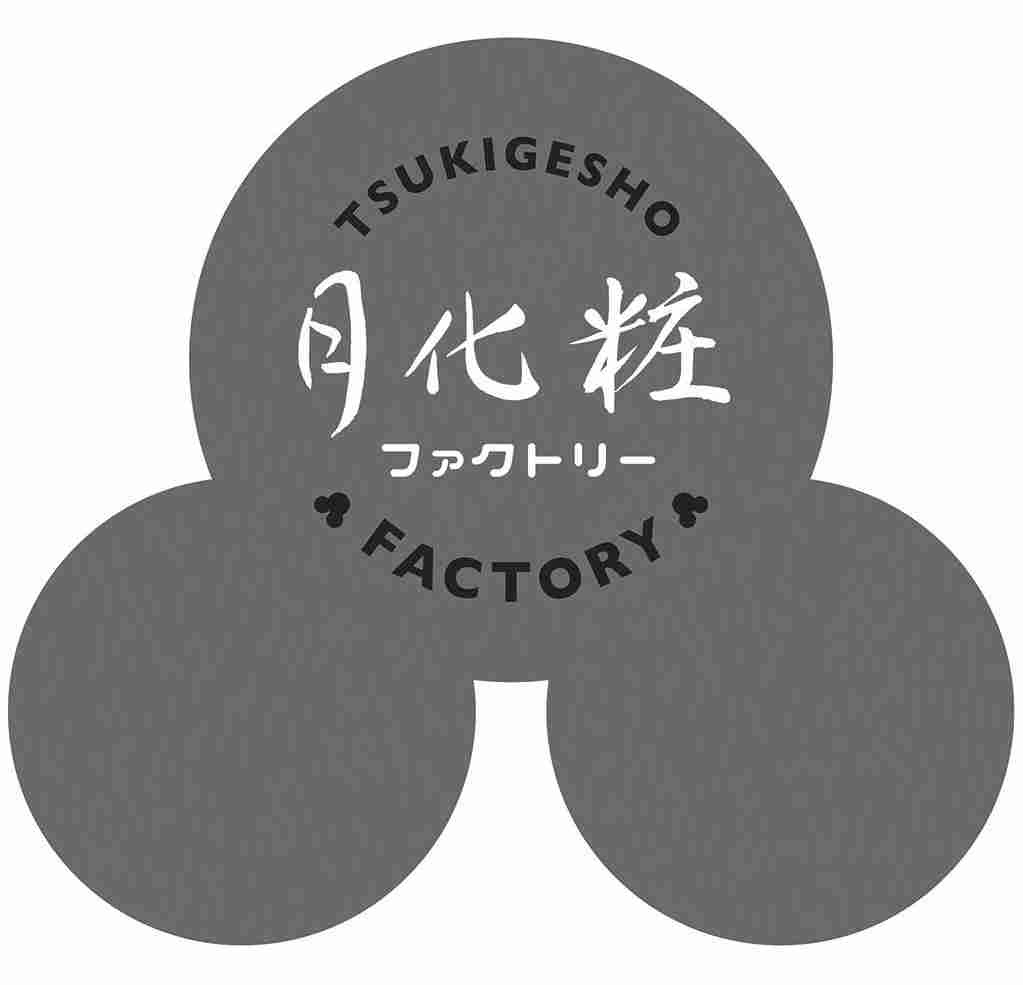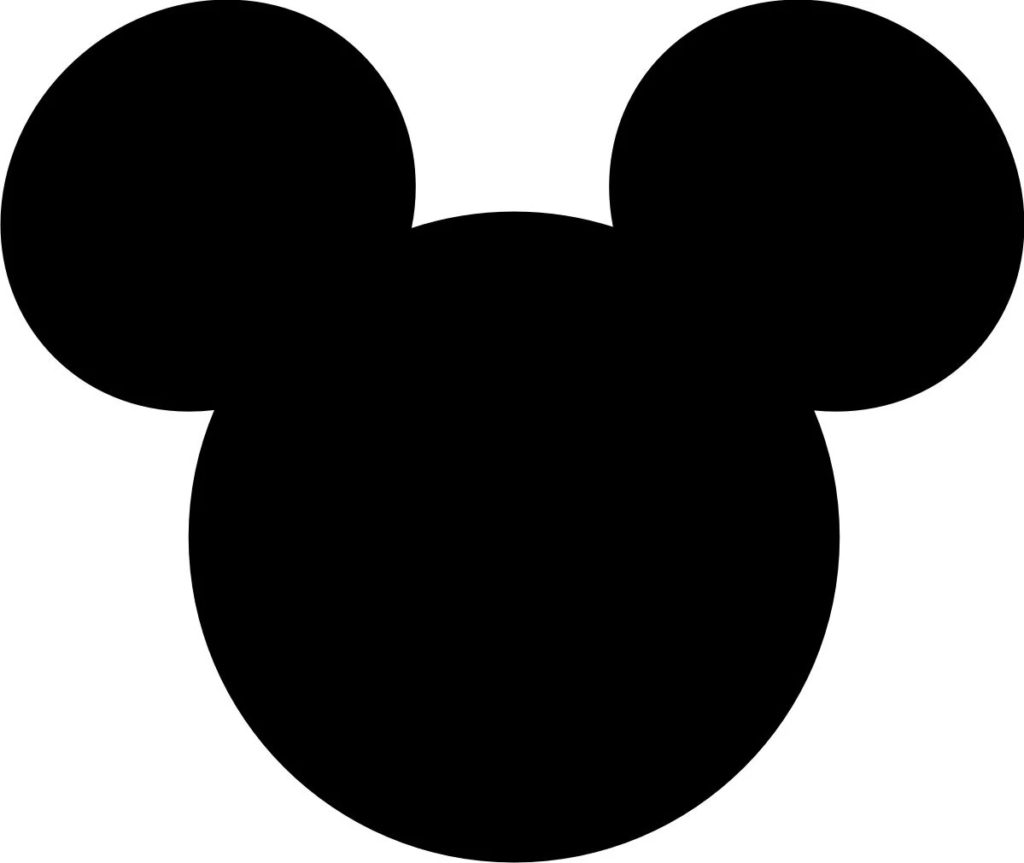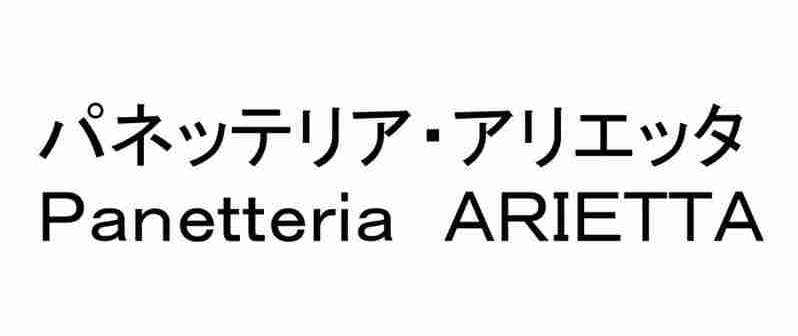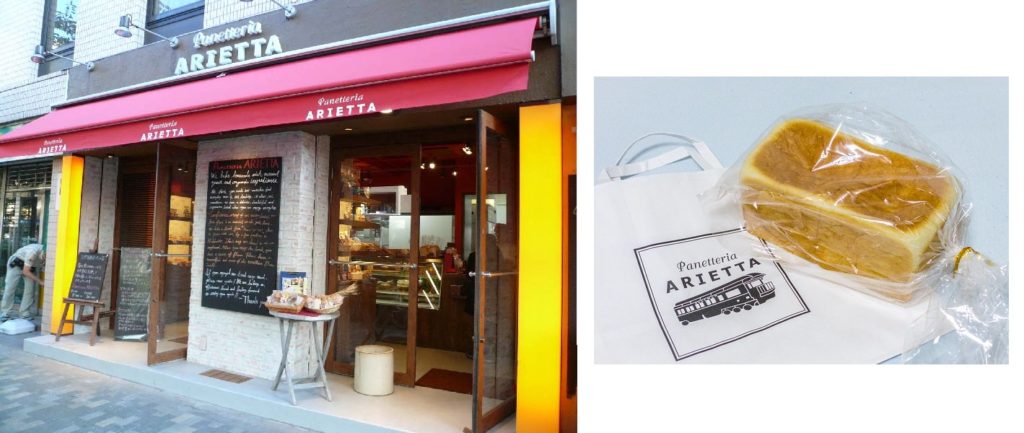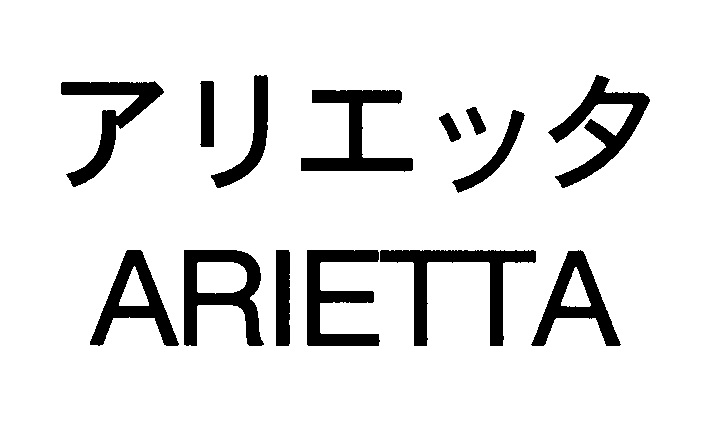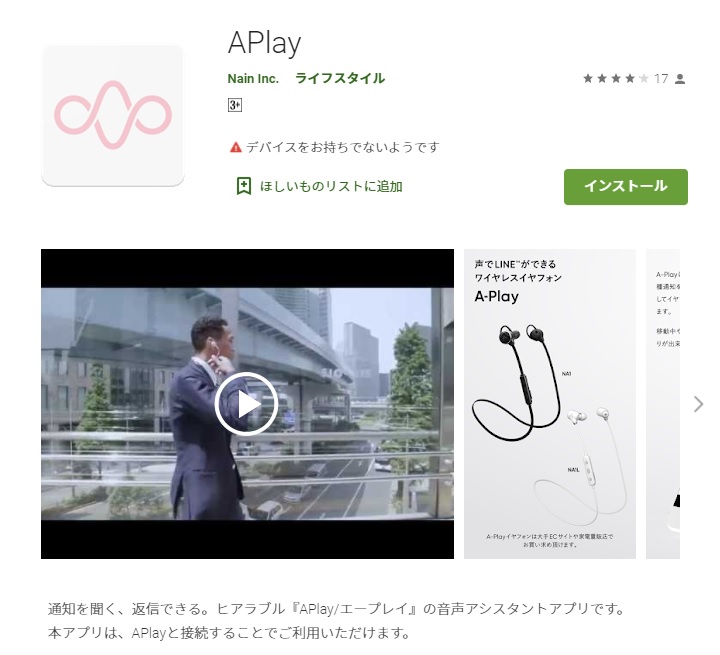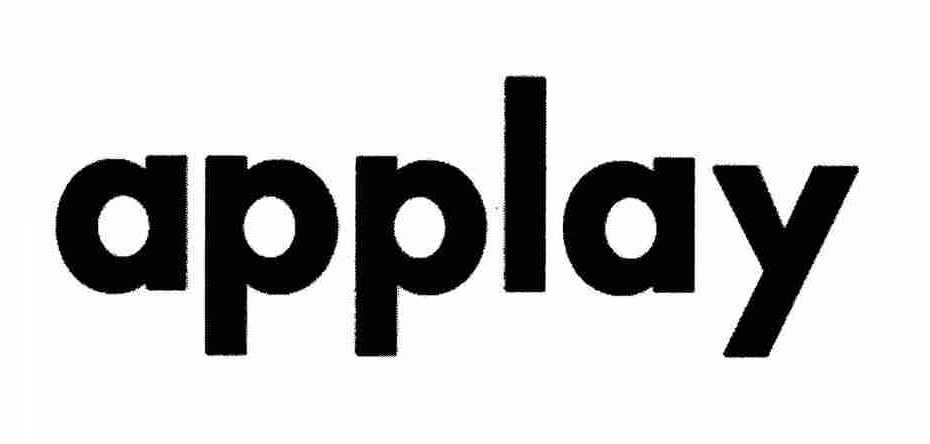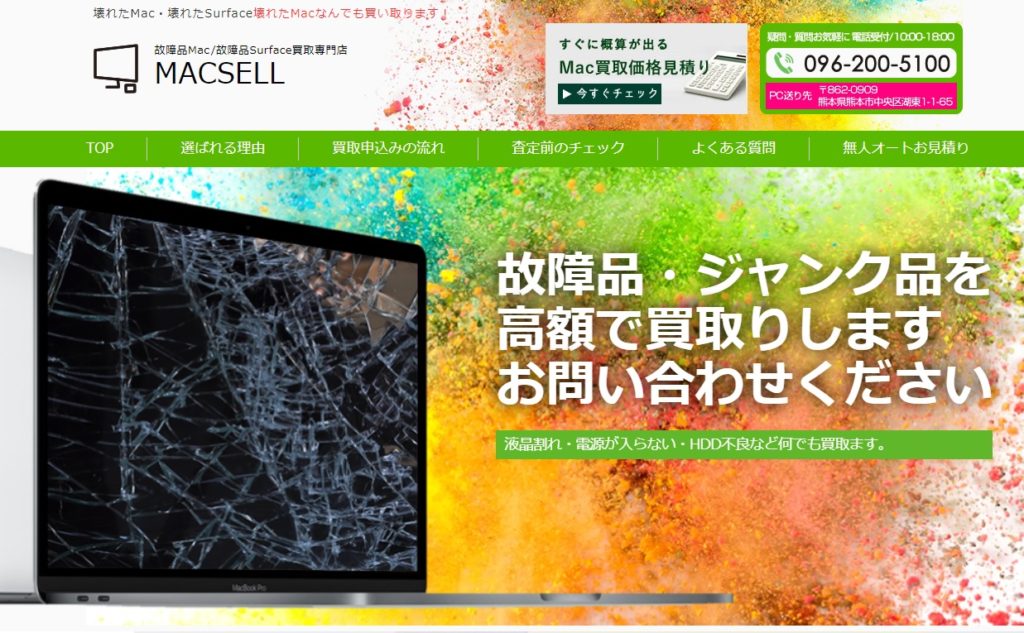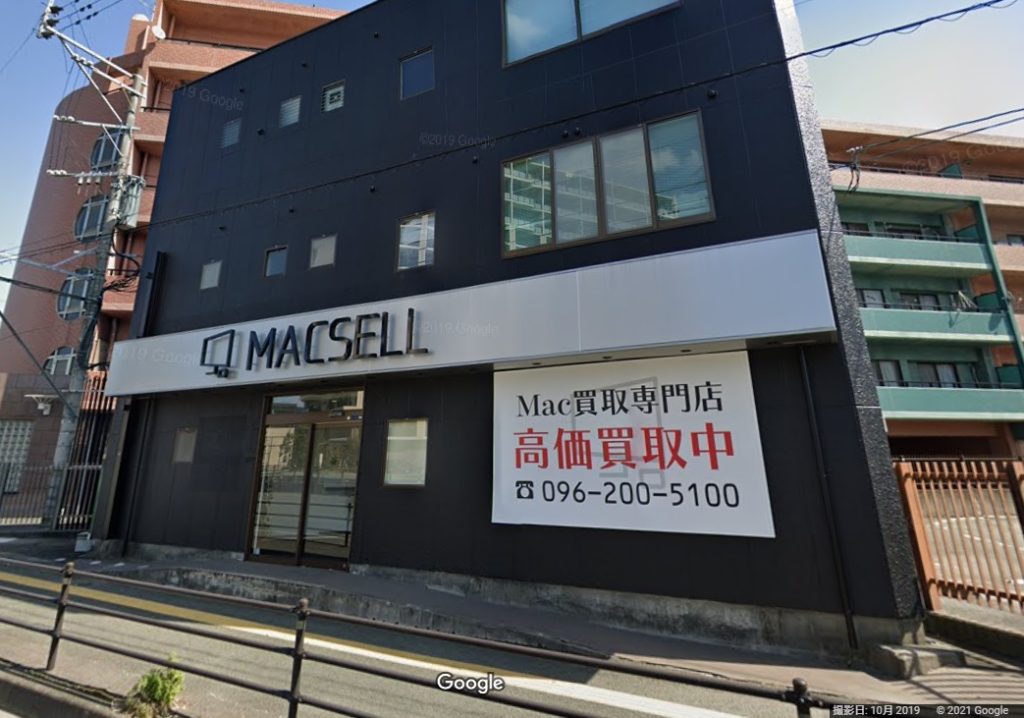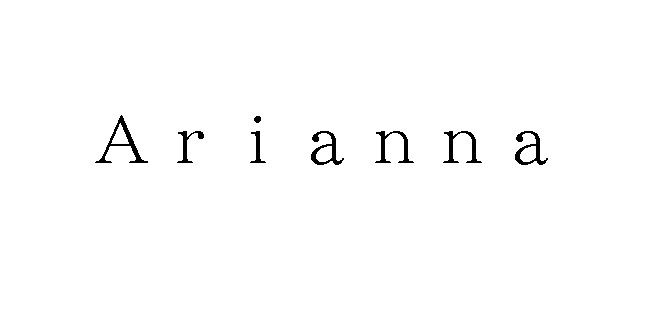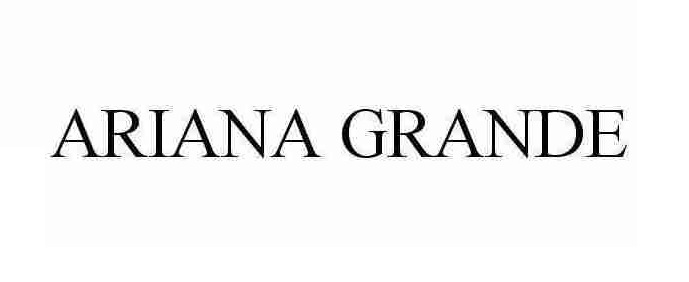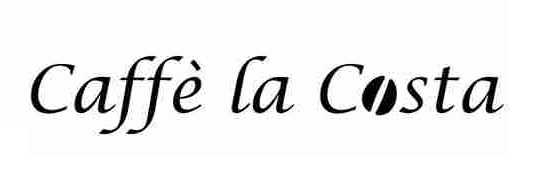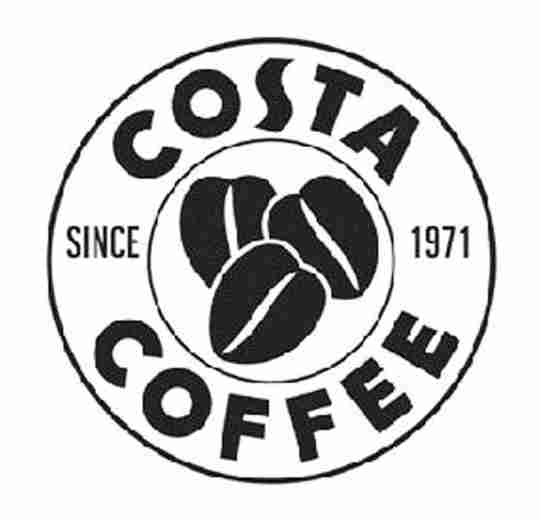On August 3, 2022, the JPO Opposition Board dismissed a trademark opposition filed by toy giant, Lego Juris A/S against TM Reg no. 6445411 for the “Lego Hair” mark with a device in class 44 by finding dissimilarity to and the unlikelihood of confusion with “LEGO”.
[Opposition case no. 2021-900432]
Lego Hair
The opposed mark, consisting of the word “Lego Hair” and a device (see below), was filed by the hair salon provider Lego Hair Co., Ltd., for use in hair styling services, hair treatment salon services, hair coloring services, skin caring, body caring, manicuring, beauty salon services, barbershops, and other related services in class 44 with the JPO on October 26, 2020.
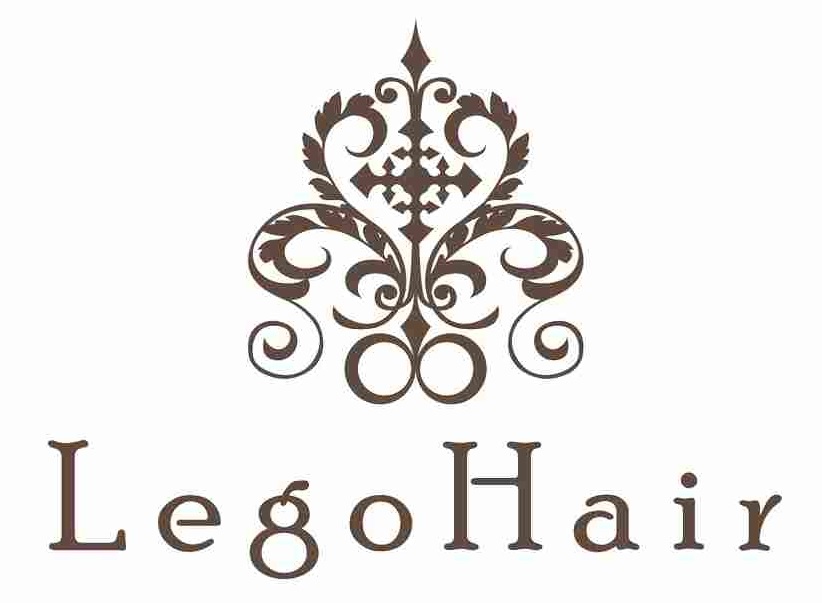
The JPO granted protection of the Logo Hair mark on September 13, 2021, and the mark was published for opposition on October 12, 2021.
Opposition by Lego
LEGO Juris A/S, the world’s largest Danish toy manufacturer, filed an opposition on the final day of a two-month duration for opposition, and argued the Lego Hair mark shall be canceled in contravention of Article 4(1)(viii), (xi), (xv) and (xix) of the Japan Trademark Law by citing earlier TM Reg no. 2621425 and IR 1006003 for the stylized LEGO mark (see below).

LEGO argued that given the word “Hair” is descriptive in relation to the services in question, the term “Lego” shall be a prominent portion of the opposed mark as a source indicator accordingly. In view of the high reputation and popularity of the stylized LEGO mark, relevant consumers are likely to associate the opposed mark with LEGO and confuse the source when used on hair salon services.
JPO decision
The Opposition Board admitted the stylized LEGO mark has acquired a remarkable degree of reputation and popularity as a source indicator of the opponent’s goods and business. In the meantime, the Board questioned whether the term “LEGO” perse has become famous among relevant consumers as well by taking into consideration the produced evidence.
The Board had a view that the literal portion “Lego Hair” of the opposed mark shall be considered in its entirety. Based on the finding, the Board held the opposed mark is dissimilar to the stylized LOGO mark from visual and phonetical points of view. In concept, the stylized LEGO mark gives rise to a meaning of “famous brick- toy brand by LEGO”, but the opposed mark has no specific meaning. If so, both marks are incomparable from the concept.
Because of a low degree of similarity of the mark and less relatedness between toys and hair salon services, the Board has no reason to believe relevant consumers would confuse a source of the services in question bearing the opposed mark with the opponent or any entity systematically or economically connected with LEGO.
Based on the foregoing, the Opposition Board found the opposed mark shall not be canceled in contravention of Article 4(1)(viii), (xi), (xv), and (xix) and decided to remain valid.


